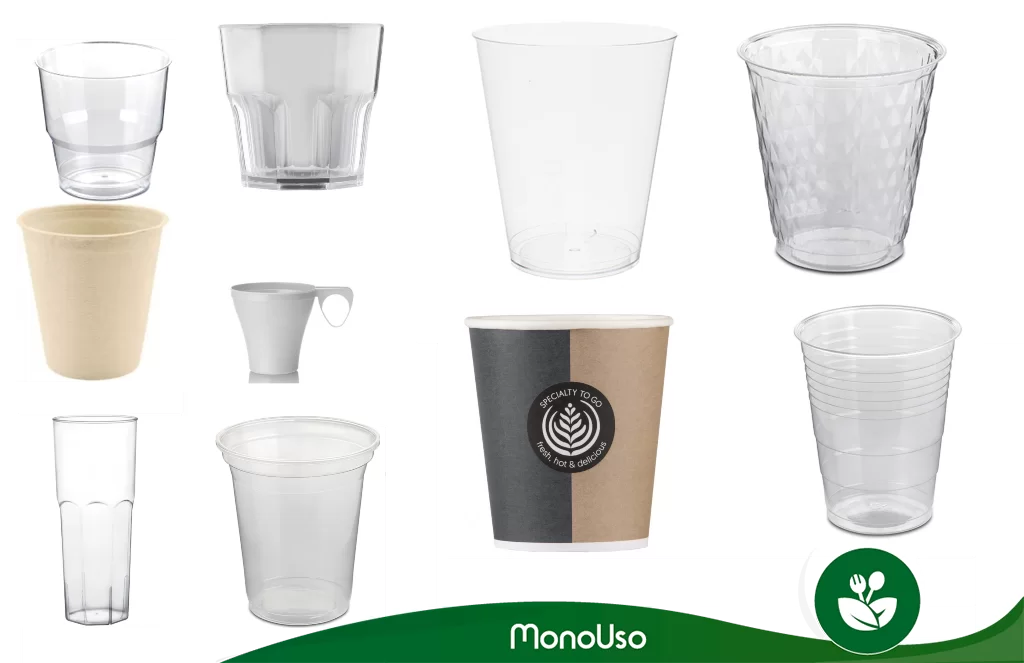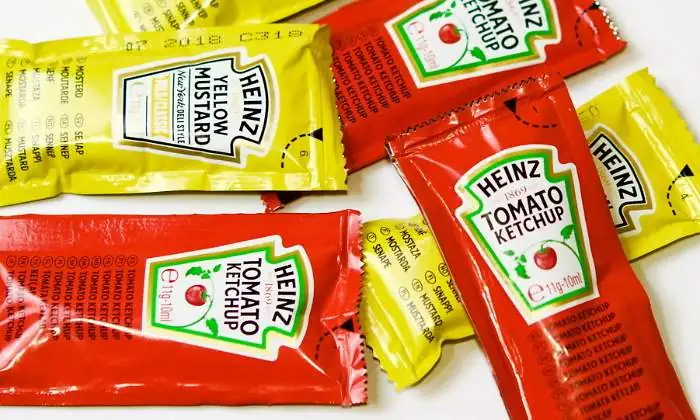Have you ever wondered precisely how many ml a glass in your home or business holds?
It may seem like a basic question, but the variety of shapes, sizes and uses makes the answer far less obvious than it appears.
In this article, we’ll look at the most common measurements, what specific values mean—such as how much 100 ml is in a glass or how much 150 ml is in a glass—and how to interpret capacities correctly so you always have the right reference.
Standard glass measurements in millilitres
In general, it is considered that an average table glass, the kind we normally use for water or soft drinks, has an approximate capacity of 200 to 250 ml.
In contrast, in the field of disposable cups or plastic drinking cups, typical sizes range from around 220–350 ml.
To make certain volumes easier to visualise, keep in mind that:
- If a glass indicates it holds 100 ml, we’re talking about roughly half of what a standard water glass would contain, often used for whisky.
- If the volume is 150 ml, it is a glass slightly smaller than a standard table glass—perhaps one used for a latte, drinking yoghurt, or a small soft drink.
- If it exceeds 250 ml, we are dealing with medium-to-large glasses, used for juices, milkshakes or drinks with ice.
What do specific values mean?
Beyond the glass size itself, when we ask how much 100 ml is in a glass, we can consider that it corresponds to approximately half of a standard medium glass.
Therefore, when considering how much 150 ml is in a glass, it represents slightly below a standard water glass.
Having these references helps you visualise the amount before serving.
Differences between small, medium and large glasses
Small glasses
Capacities range between 100–150 ml. Designed for coffees, liquid creams, drinking yoghurts, or for serving children’s drinks or side beverages, with more compact shapes adapted to these uses.
Medium glasses
A usual capacity of 200–250 ml, which is what we normally find for water, soft drinks at the table, or serving glasses in hospitality settings. This is the most common standard size.
Large glasses
When we talk about glasses with a capacity of 300 ml or more, we are dealing with formats intended for juices, milkshakes, drinks with ice, or more generous servings—such as highball glasses or cocktail-style glasses, which can reach 400 ml.
Why is it important to understand this difference?
- To measure volume correctly, whether in cooking, mixology or beverage service. If you intend to serve 150 ml but use a 250 ml glass, the customer’s perception will differ.
- To purchase the right containers and cups. If you manage a business where the glass is the final serving container, you need to know the capacity to match the volume you offer.
- To avoid misunderstandings with users or customers. Knowing how many ml a glass holds helps communicate the real amount, avoid waste, or prevent serving less than expected.
Ultimately, when you ask yourself how many ml a glass holds, a good general reference is that a commonly used glass holds around 200–250 ml.
However, if we’re talking about smaller or larger formats, it’s important to understand this scale to correctly adjust what you’re serving.
Being clear about this measurement gives you confidence when choosing glasses, serving drinks, or understanding the real capacity of a container.
This way, you can make better decisions, avoid mistakes and offer a more professional experience in every situation.
Frequently Asked Questions
How many ml does a normal water glass hold?
Generally, a “normal” water glass at home or in a restaurant usually holds between 200 and 250 ml.
Why does each type of glass hold more or fewer millilitres?
It depends on the required capacity for its intended use. Different drinks require specific measurements.
Which glass has the highest capacity in millilitres?
The cider glass reaches up to 500 ml, which is why it is also used for other cold or hot drinks depending on its manufacturing characteristics.





Very informative article clearly written.
Regards
T Srinivasachari